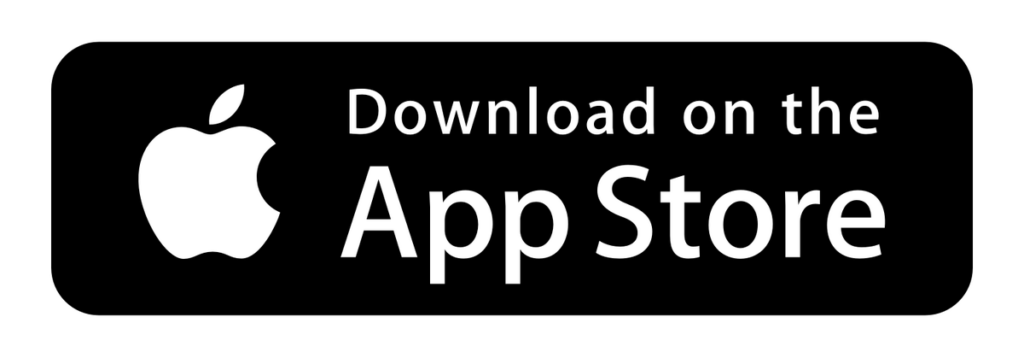- Growth – the top strategic priority. Business transformations needed to achieve this require stronger HR contributions than ever before.
- AI – an area with more hype than practical application at this stage. Half of employees have no idea how to use generative AI tools to enhance efficiency, and 77% believe these tools have reduced productivity and increased workload.
- Labor market challenges – 61% of talent management professionals report that workforce needs exceed their recruitment capacity. Moreover, industry transformations and AI are expected to impact nearly a quarter of job roles in some way over the next five years.
The Gartner report highlights five top priorities, three of which I find particularly relevant to our field.
Leader and Manager Development
- 75% of HR leaders report that managers are overwhelmed by the constant expansion of their responsibilities.
- 70% believe current senior leaders and managers are not adequately prepared to effectively develop middle managers.
Despite 76% of organizations significantly revamping their leadership development programs and planning to increase their budgets, the results still fall short:
- Only 36% of HR leaders think their current leadership development programs effectively prepare leaders for future challenges.
- Just 23% are confident that they have emerging leaders capable of meeting the organization’s future needs.
- 71% believe their middle managers are not being developed effectively.
I find it promising that HR leaders are acknowledging these issues. The next step is to replace outdated, less effective leadership training approaches with innovative ones. This has been the mission of our blended Behavioral Change for People Management Fundamentals program for the past 16 years, with proven success in over 150 group cases.
Organizational Culture
- 57% of HR leaders agree that leaders are unable to instill the desired cultural vision within their teams.
- 53% report that leaders do not feel accountable for representing the desired culture.
It’s not enough to deliver presentations about corporate values or display them in reception areas and meeting rooms. Driving behavioral change requires much greater effort. For example, with one of our major banking clients, we used our Behavioral Design advanced leadership program to work with directors just below the board level, helping them integrate culturally aligned behaviors into their teams’ daily routines.
Change Management
- 74% of HR leaders believe that their leaders are not adequately prepared to manage change.
- 73% agree that employees are exhausted by continuous changes.
Research shows that exhausted employees are less engaged, less likely to stay with their company, and feel less psychological safety. They often merely show up but deliver little beyond the basics.
This makes it critical for senior leaders and team leaders to actively contribute to increasing engagement (which, according to Gallup, is influenced 70% by leadership behavior and only 30% by other workplace factors, like benefits). They must also skillfully navigate ongoing changes. That’s why our Behavioral Design advanced leadership program for experienced managers focuses on topics like intentional behavior design, engagement enhancement based on neuroscience, influencing through behavioral science, as well as understanding and mitigating cognitive biases. Recently, a HR leader approached us to explore how the Behavioral Design advanced leadership program could support an ongoing LEAN transformation in a corporate manufacturing environment by embedding LEAN principles more deeply into employees’ and middle managers’ daily behaviors and habits.
Exciting challenges lie ahead for us, as service providers, if these truly are HR leaders’ priorities for the coming year. From my conversations with HR colleagues and senior leaders, I see that these concerns resonate with them as well. However, service providers must break away from ineffective, 1 or 2-day, one-off training sessions with no follow-up, as these have very low impact. Both development firms and clients must level up professionally to make progress on these priorities.
A special thanks to my colleague Dr. Robert Dobay for bringing this fresh research to my attention.
Act2Manage Application
An interactive, gamification-based, practice-oriented leadership development application that provides immediate help and enables follow-up to the most common dilemmas.







